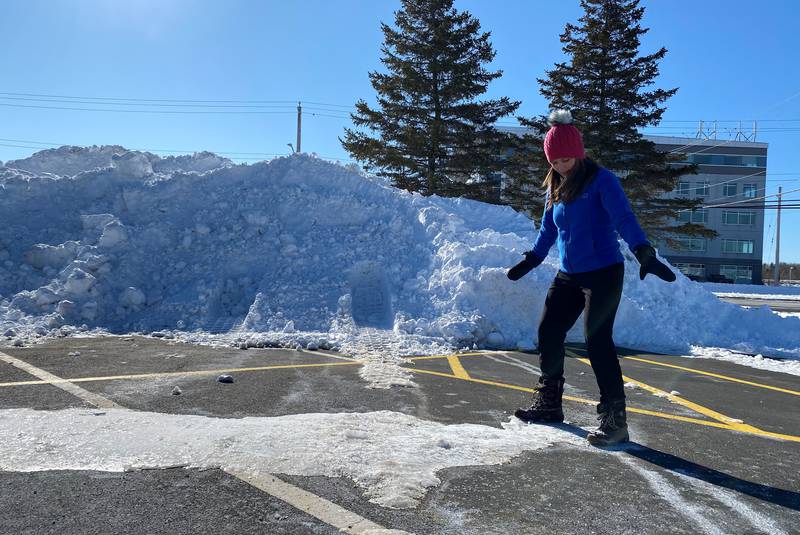Have you ever watched a penguin walk? If not, take a moment and look it up online. You probably won’t accuse them of being graceful, but they do have one amazing quality, given the slippery surface they walk on: stability.
There is no doubt that safely navigating an icy surface is challenging. However, penguins have figured it out. We can — and should — learn from them.
Thousands of Canadians are hospitalized every year due to falls on ice. And many thousands more falls occur and result in injuries, but not hospitalizations.
As a physiotherapist, I often treat clients with sprained and fractured wrists, elbows, knees and ankles after they have slipped and fallen on ice. I have also seen clients with serious back and hip injuries, including deep bruising, as a result of these kinds of falls. These injuries can take months to heal and can make it hard to enjoy your everyday activities.
The biggest challenge when walking on an icy surface is preventing an unexpected slip of the foot that causes us to lose balance and fall. The penguin waddle helps to limit the likelihood of this misstep.
Here are five ways you can embrace your inner penguin and increase your chances of staying upright this winter when walking on icy surfaces.
1. Arms out to the sides
Keep your arms out of your pockets and slightly out to the sides of your body to provide an easy counterbalance. If you start to tip slightly to the right or left, the opposite arm will naturally reach in the opposing direction in an attempt to keep you upright.
2. Feet wider apart
Keep your feet a little wider apart than normal. This will give you a bigger base of support and make it harder for you to lose your balance.
3. Bend your knees
Maintain a small bend in your knees to increase the activity in your leg muscles. This will make it easier for your body to react if your foot does slide slightly when you step down on an icy surface.
4. Take small steps
Reduce the length of your step to keep your body weight on top of your feet. This will decrease the chance that your foot will slide out in front of you when you step on a slippery patch.
5. Walk flat-footed
Place the foot on the ground all at the same time instead of planting the heel down first. It is easy for the heel to slip forward if it’s the first contact on the ground in front of your body. By contacting the ground with the whole foot at the same time, it reduces the likelihood of the foot sliding when it makes contact with ice.
Practicing your waddle on icy surfaces is a great way to increase your stability and reduce your risk of injury during the winter months.
Book an assessment with Zoomers
Use our online booking tool to find a time that works for you!


